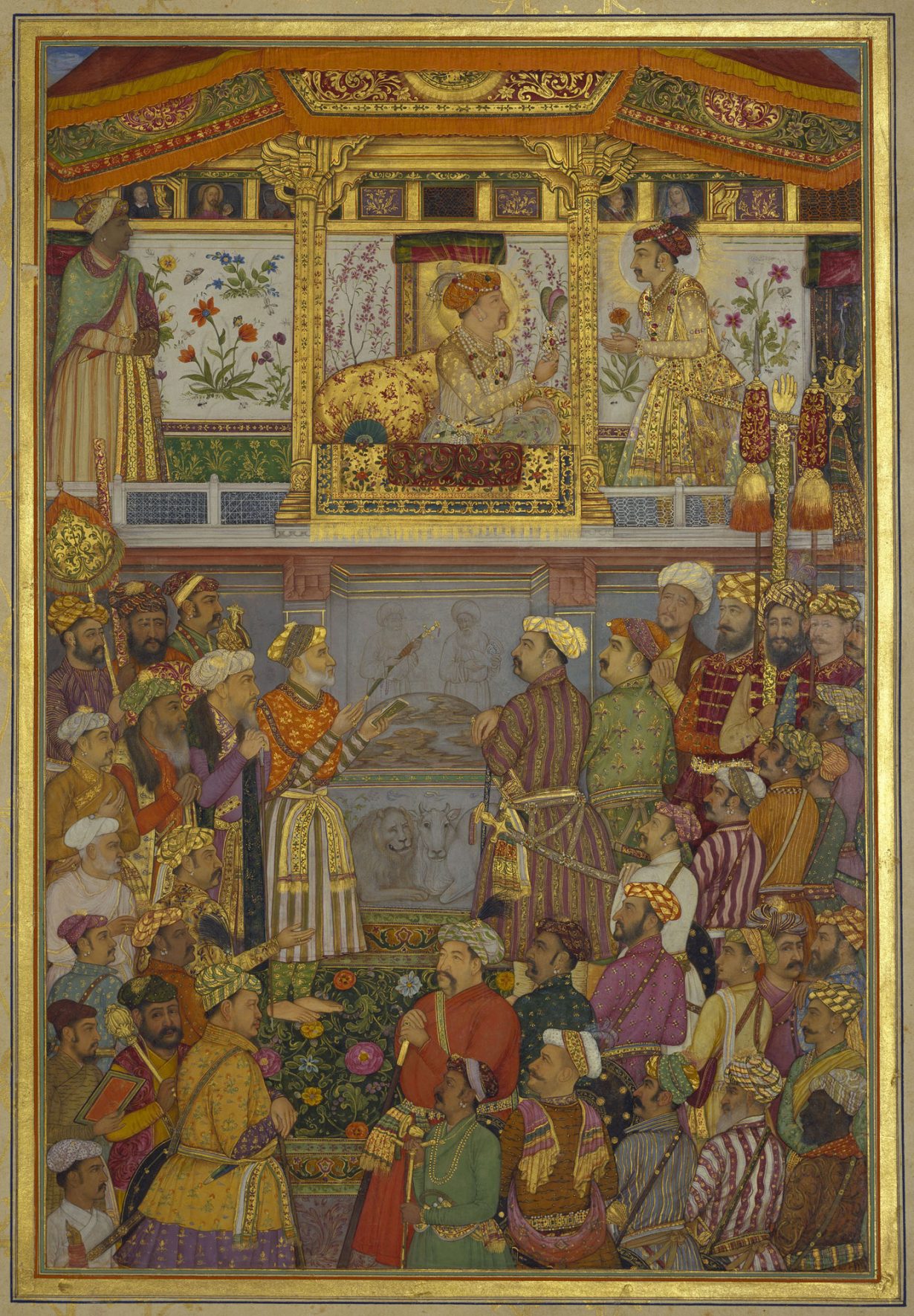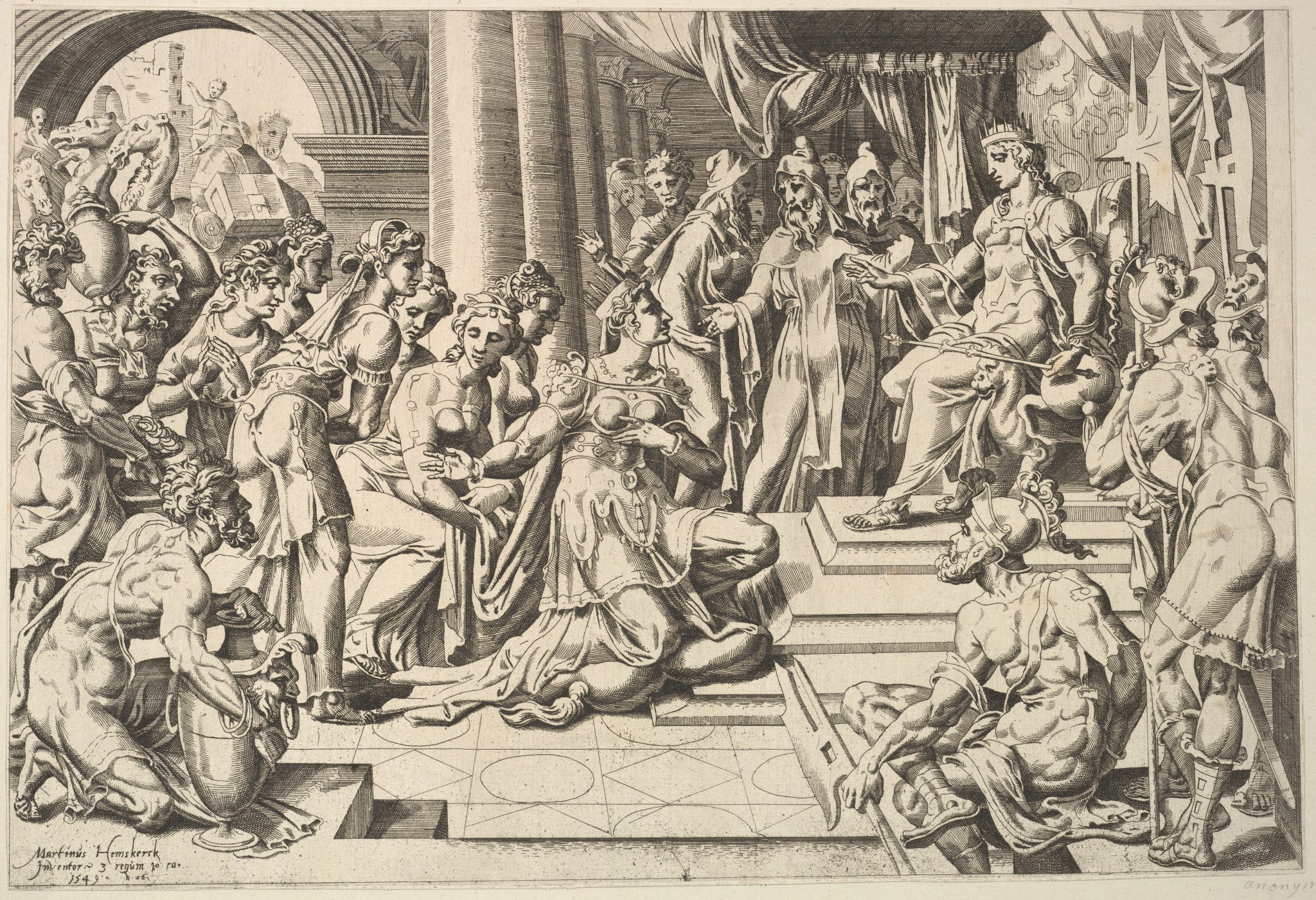This age of new nationalisms and reformulated identity politics makes it more important than ever to have a sense of what culture really is
The Narendra Modi-led national government in India wants the Mughal Empire (among several other subjects that point to the diverse nature of the country’s past and present) expunged from public consciousness. At least there’s no other way to explain the innumerable arbitrary changes it has recently made to school textbooks. It may have ruled India for around 150 years, but the empire was Islamic. And, these days, that’s not Indian.
Naturally you can see the logic: for a government hellbent on imposing a distorted vision of a grand Hindu past as the foundation for a powerful Hindutva (a form of Hindu nationalism, partly inspired by European movements such as the Hitler Youth) future upon India’s complex sociopolitical fabric, these recent attempts to bury, if not eventually erase, the Mughal era can potentially help cultivate future citizens who have no cultural memory of an empire that continues to have an inextricable influence on India’s languages, culture, society and politics. To pick just one example, Hindi, which the government wants to force as the national language onto a nation with over 700 spoken languages, would not have existed in its present incarnation if not for the Mughal Empire, given the extent to which it derives from the former court language of Persian. Indeed, the word ‘Hindi’ itself derives from classical Persian.
This brazen act of selectively chipping away at a nation’s culture and history distils, in a new book, down to a larger question of who, if anyone at all, owns culture; and by extension, what parts of culture are nurtured and allowed to be carried forward by a community or by small groups of political leaders that use its powers to make these decisions. Harvard-based literary critic Martin Puchner’s Culture – A New World History (2023) attempts to answer these questions by utilising objects and cultural artefacts from a wide range of times and places, starting with the paintings in the Chauvet Cave from around 35,000 BCE to speculating about what British artist Katie Paterson’s Future Library (2014–2114) – a forest of trees grown to supply a library of books, written over 100 years – will look like, if it is ever completed. Along the way, Puchner takes the reader through the fourteenth century BCE story of Queen Nefertiti and her husband Amenhotep IV’s creation of a new city and a new centralised religion; Plato’s invention of an alternative history for Greece; King Ashoka’s pillar edicts; the Queen of Sheba and the story of fourteenth-century epic the Kebra Nagast, a text that draws a line through the Semitic religions; onward to Sei Shonagon’s eleventh-century journal of Japanese courtly life, The Pillow Book; Tenochtitlan, the ‘floating city’ built by the Aztecs; Katsushika Hokusai’s The Great Wave (1831); Wole Soyinka’s dramas that defined independent Nigeria and so on. This collection of both some of the most iconic and least remembered cultural objects and ideas from around the world are deployed to argue that culture is a messy entanglement between civilisations over time, rather than strictly prescribed ethnic or national identities.

Via objects that were particular to the geographical territories and political influence that existed at the time of their making, Puchner endorses the view that culture, both the artefacts and the larger immaterial culture they would go on to influence, is not property to be owned by any one community, government or people, and that what we understand as culture – living, breathing, ever-changing as it is – is sustained by encounters with other cultures.
Culture, in laying bare the severely complicated ways cultural traditions continue to evolve, addresses fascinating questions about how cultural choices are made from the options that are left after being erased, leading to more entangled threads of influence: for instance, how the Buddha and bodhisattvas came to be represented the way they are in Indian, Tibetan and Chinese traditions; how scripts, the predecessors of the font I use to type this text, came to be standardised; how myths are created and sustained; and how culture thrives not on narrow ideas of pure and authentic, but on syncretism and an exchange of ideas, even if such exchange is a result of violence from war, trade or colonialism.

Reading the book in India, where culture and history are the sites on which the country’s latest battle-lines are being drawn, one is disheartened to be reminded that erasures have always happened, and that ‘it is purists and puritans, those invested in ideas of spotless virtue of whatever stripe, that are most likely to engage in acts of cultural destruction’. What ends up being saved might be random and accidental. Puchner writes, ‘The future is unpredictable, reminding us that culture is, at best, a broken chain that we keep repairing in every generation.’ But he also reminds his readers that culture does survive, however messily and only in part (and even then as something constantly evolving), and that it is through an engagement with cultural past, even when (especially when) it does not align with present-day values, morals and beliefs, that we can hope to repair humanity’s most pressing conflicts.
In India, regrettably, this engagement with the past has been highly selective, with the government choosing to view history almost exclusively from a rightwing Hindu lens, and to blot out and sideline the large parts that are inconvenient for its Hindutva narrative. When the regime changes, and change it will (sooner rather than later, one hopes), what parts of India’s syncretic culture survive unscathed remains to be seen.
